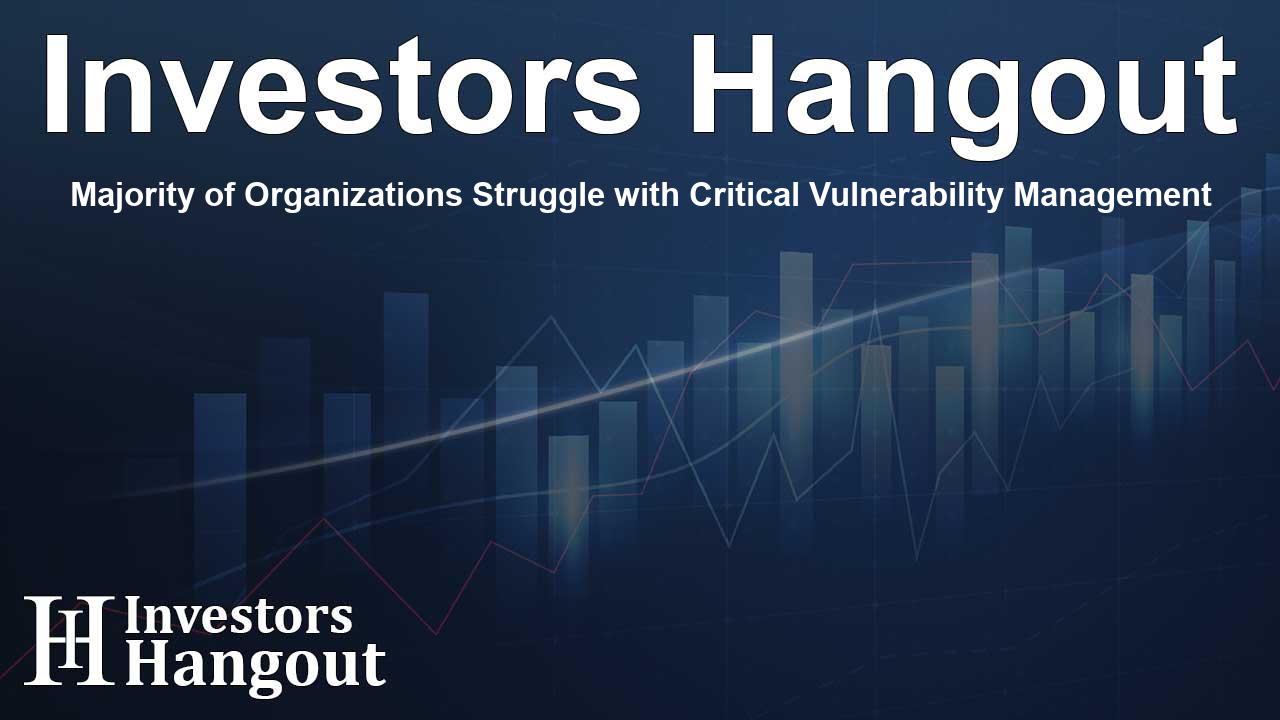Majority of Organizations Struggle with Critical Vulnerability Management

Understanding the Vulnerability Management Challenge
In the ever-evolving landscape of cybersecurity, a recent report indicates a daunting reality: 68% of organizations are failing to remediate critical vulnerabilities within a timely fashion. This alarming trend not only puts businesses at risk but also underscores the pressing need for effective vulnerability management strategies.
Survey Insights from Cybersecurity Leaders
According to Swimlane, a company committed to enhancing cybersecurity through automation, many organizations are grappling with the complexities of managing vulnerabilities. To gain deeper insights, Swimlane conducted a survey involving 500 cybersecurity decision-makers across the U.S. and the U.K. Their findings reveal that the increasing number of vulnerabilities is overwhelming security teams, resulting in extended response times.
The Current State of Vulnerability Management
A significant challenge highlighted in the report is the fragmented approach many organizations take towards vulnerability management. With tools that often lack integration, it becomes difficult to prioritize and address vulnerabilities effectively. As such, businesses are left exposed to potential breaches and cyber threats.
Key Findings from the Report
Several critical takeaways emerged from the report:
Contextual Information is Crucial
Organizations face significant delays in remediation due to inadequate context surrounding vulnerabilities. A staggering 68% reported that critical vulnerabilities were unresolved for over 24 hours. Lack of clarity and relevant information was cited by 37% as a leading obstacle in re-prioritizing vulnerabilities.
Complex Workforce Demands
The growing web of complexity surrounding vulnerability management is mirrored in different operational approaches. For instance, more than half (55%) of organizations lack a comprehensive prioritization system and instead depend on a mixture of manual and automated processes for vulnerability detection. In fact, reliance on tools like cloud security posture management and various endpoint scanners has become commonplace.
Time and Resource Challenges
The survey also revealed that significant amounts of time are consumed by manual processes. Approximately 57% of security teams dedicate between 25% and 50% of their time solely to vulnerability management efforts. This inefficiency is compounded by the need to consolidate and analyze vulnerability data, with 51% highlighting the limited utility of scanner results.
The Implications for Regulatory Compliance
Regulatory compliance is another area where organizations express significant concern. Nearly two-thirds of respondents (65%) lack confidence in their vulnerability management programs' ability to meet audit requirements. Consequently, 73% are anxious about the potential financial repercussions tied to inadequate vulnerability practices.
Breaking Down Silos in Cybersecurity
The report further stresses the importance of collaboration. Organizations that maintain siloed practices in vulnerability management often experience greater inefficiencies. With 59% agreeing that such practices pose increased security risks, fostering open communication among teams becomes critical.
Emphasizing Intelligent Automation and Prioritization
Michael Lyborg, CISO at Swimlane, stated, "The complexity of vulnerability management is forcing organizations to reevaluate their overall security strategies. It’s not just about addressing vulnerabilities but also prioritizing the most critical ones to ensure operational integrity."
Cody Cornell, Co-Founder and Chief Strategy Officer of Swimlane, echoed this sentiment, emphasizing that smarter prioritization and automation are no longer choices but essential components of effective vulnerability management. By integrating human expertise with automation, organizations can streamline their vulnerability management processes and enhance their security posture.
Conclusion
As the threat landscape continues to evolve, organizations must adapt their approaches to vulnerability management. Embracing automation while fostering collaboration across teams can significantly improve how vulnerabilities are addressed. By centralizing data and responding proactively, companies can mitigate risks and ensure compliance with regulatory standards.
Frequently Asked Questions
1. Why is vulnerability management critical for organizations?
Vulnerability management is essential as it helps identify, prioritize, and remediate vulnerabilities to prevent potential security breaches and ensure compliance.
2. What percentage of organizations struggle with timely remediation?
According to the report, 68% of organizations are unable to remediate critical vulnerabilities within a timely manner.
3. How does lack of context affect vulnerability management?
Lack of context can lead to misprioritization of vulnerabilities, delaying remediation efforts and increasing exposure to security threats.
4. What role does automation play in vulnerability management?
Automation streamlines the vulnerability management process, reducing manual errors, and allowing teams to focus on more strategic initiatives.
5. How can organizations improve their vulnerability management practices?
Organizations can improve their practices by fostering collaboration, investing in automation, and ensuring they have a comprehensive vulnerability prioritization system in place.
About The Author
Contact Dylan Bailey privately here. Or send an email with ATTN: Dylan Bailey as the subject to contact@investorshangout.com.
About Investors Hangout
Investors Hangout is a leading online stock forum for financial discussion and learning, offering a wide range of free tools and resources. It draws in traders of all levels, who exchange market knowledge, investigate trading tactics, and keep an eye on industry developments in real time. Featuring financial articles, stock message boards, quotes, charts, company profiles, and live news updates. Through cooperative learning and a wealth of informational resources, it helps users from novices creating their first portfolios to experts honing their techniques. Join Investors Hangout today: https://investorshangout.com/
The content of this article is based on factual, publicly available information and does not represent legal, financial, or investment advice. Investors Hangout does not offer financial advice, and the author is not a licensed financial advisor. Consult a qualified advisor before making any financial or investment decisions based on this article. This article should not be considered advice to purchase, sell, or hold any securities or other investments. If any of the material provided here is inaccurate, please contact us for corrections.
